A solar cell is a device that responds to light and converts it into electricity. There are many kinds of materials that can produce photovoltaic effect, such as: single crystal silicon, polycrystalline silicon, amorphous silicon, gallium arsenide, selenium indium copper, and the like. Their power generation principles are basically the same. Now, crystalline silicon is taken as an example to describe the photovoltaic power generation process.
P-type crystalline silicon is doped with phosphorus to obtain N-type silicon to form a PN junction. When the light illuminates the surface of the solar cell, part of the photons are absorbed by the silicon material; the energy of the photons is transferred to the silicon atoms, causing the electrons to transition, and the free electrons are concentrated on both sides of the PN junction to form a potential difference when the circuit is externally connected. Under the action of this voltage, there will be a current flowing through the external circuit to generate a certain output power. The essence of this process is the process of converting photon energy into electrical energy.
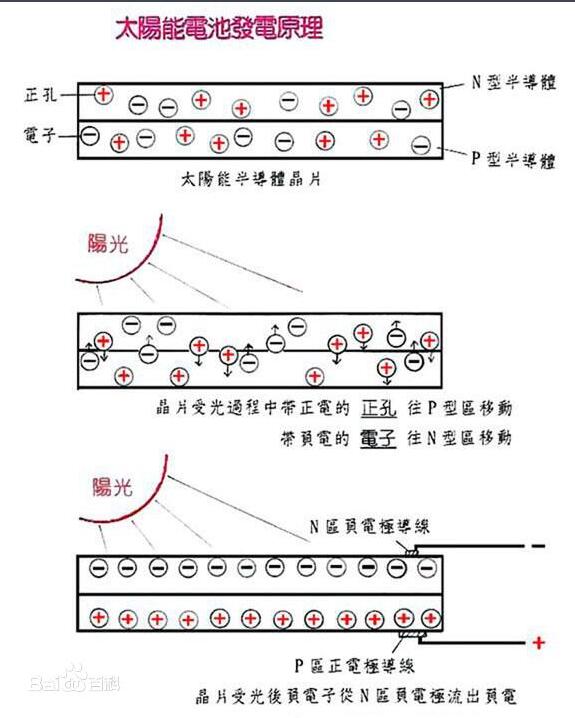
The first type: light energy - conversion of electrical energy
Solar panels are not light energy - chemical energy - electrical energy, but solar energy is directly converted into electrical energy.
When the sun shines on the solar cell, it produces a photo-generated voltage, which is the photovoltaic effect. If a load is applied to both ends of the solar cell at this time, a photo-generated current is generated, and electric energy is generated. Solar power generation is called photovoltaic power generation.
PV or photovoltaic is an abbreviation for photovoltaic power system. It is a new type of power generation system that utilizes the photovoltaic effect of solar cell semiconductor materials to directly convert solar radiation energy into electrical energy.
Solar power is divided into solar thermal power generation and photovoltaic power generation. Generally speaking, solar power refers to solar photovoltaic power generation, referred to as "photovoltaic". The photovoltaic power generation system consists of three parts: solar panels (components), controllers and inverters. They are mainly composed of electronic components and do not involve mechanical components. Therefore, the power generation equipment is extremely refined, reliable, stable, long-life, and installation and maintenance. Simple. Compared with conventional thermal power generation systems, solar power generation systems have the advantages of short construction period and available building roofs in addition to pollution-free emissions.
Photovoltaic lighting is the use of solar power system lighting. Independent photovoltaic lighting systems generally use batteries as energy storage devices, storing the electrical energy output by the solar cells during the day and powering the lighting loads at night. Such independent photovoltaic lighting systems have high practical value in areas that are still not covered by power grids such as remote areas, deserts, and border posts. The solar cell is the input power source for the photovoltaic lighting system, providing the entire system with the power needed to illuminate and control it. Under daylight conditions, the solar cell converts the received light energy into electrical energy, and charges the battery through the charging circuit; after dark, the solar cell stops working, the output end opens, and the battery converts the stored chemical energy into electrical energy for output to the illumination. load.
The power of the intelligent controller is supplied by the battery. The selection of the capacity of each part of the system requires a combination of cost, efficiency and reliability. Solar cells are the most expensive part of the overall system, and its capacity selection affects the cost of the entire system. In comparison, the price of the battery is relatively low, so it is possible to select a battery with a larger capacity and make full use of the power generated by the solar battery. In addition, when working with lighting loads, consideration should be given to the situation of continuous cloudy days, leaving a certain margin for system capacity.
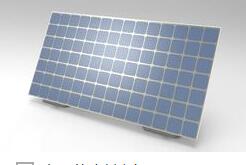
Second: light-thermal-electrical conversion
The light-thermal-electrical conversion method generates electricity by utilizing the thermal energy generated by solar radiation, which is generally converted by the solar collector.
The steam is replaced by a working fluid, and then the steam turbine is driven to generate electricity. The former process is the light-to-heat conversion process; the latter process is the thermo-electric conversion process, which is the same as ordinary thermal power generation. The disadvantage of solar thermal power generation is that it is very inefficient and costly. It is estimated that its investment is at least 5 to 10 times more expensive than ordinary thermal power stations. A 1000 MW solar thermal power station requires an investment of 2 to 2.5 billion US dollars, and an average investment of 1 kW is 2,000 to 2,500 US dollars. Therefore, it is suitable for small-scale special occasions, and large-scale utilization is economically uneconomical and cannot compete with ordinary thermal power plants or nuclear power plants.
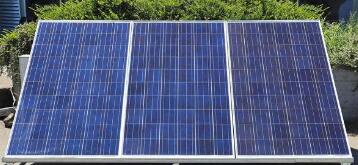
First, the definition of conversion efficiency
Abstract: conversion efficiency is the percentage of the output power of the battery to the power of the incident light!
Specifically: the battery is irradiated with sunlight of a certain power density. After the photon is absorbed by the battery, the material will be excited to generate carriers, and the carriers contributing to the performance of the battery will eventually be collected by the electrodes, which will naturally be accompanied by current collection. , voltage characteristics, that is, corresponding to an output power, then, the power generated by dividing the power of the incident light is the conversion efficiency!
Second, the theoretical formula
Efficiency = (open circuit voltage * short circuit current * fill factor) / incident optical power density = battery output power density / incident optical power density
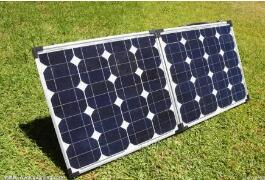
Third, factors affecting solar energy conversion rate
1) Solar light intensity
A solar cell is a device that converts sunlight into electricity. Under normal conditions (attention conditions), the efficiency of a solar cell increases as the light intensity increases. Further, the efficiency of the solar cell is related to the comprehensive climatic conditions of the installation site.
2) Battery material
Different materials have different absorption coefficients for light, different forbidden band widths, and quantum efficiency is naturally different, and battery efficiency is naturally different. In general, the coefficient coefficient of single crystal silicon/polysilicon to light is much smaller than that of amorphous silicon, so amorphous silicon solar cells have a thickness of only one hundredth of the thickness of single crystal silicon/polysilicon to absorb sunlight. In addition, the ultimate efficiency of GaAs solar cells is theoretically greater than the limit efficiency of other solar cells, because the forbidden band width of GaAs solar cells is 1.4 ev, which is the closest to the maximum value of terrestrial solar spectral energy.
3) Process level
Different process levels, the efficiency of the battery is naturally different, look at the various factories to understand, why the raw materials are almost the same, the battery efficiency is very different, the reason is here. The level of technology has an important relationship with the level of equipment. Generally speaking, the more advanced the equipment, the better the battery, and the higher the efficiency of the battery (the process is the product of the equipment, and no equipment process can be realized, it is a fantasy).
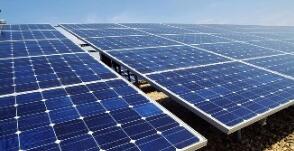
The conversion efficiency of solar panels is determined by illumination and efficacy. The conversion efficiency of solar panels with different compositions is also different. Currently, solar panels are divided into polysilicon and monocrystalline silicon.
The order of preparation of silicon is: silica ore--> industrial silicon-->polysilicon-->monocrystalline silicon. Monocrystalline silicon is formed by drawing polycrystalline silicon through a single crystal furnace, and is also used to obtain single crystal silicon by a zone melting method. However, the dislocation density of the district-fused single crystal silicon is large. Therefore, the semiconductor device uses the drawn single crystal silicon as the original material.
The single crystal silicon battery has high battery conversion efficiency and good stability, but the cost is high. Polycrystalline silicon cells are low cost, but the conversion efficiency is slightly lower than that of monocrystalline silicon solar cells.
Under the condition of sufficient light resources, the light conversion efficiency of polycrystalline silicon is 6%-10%, and the light conversion efficiency of single crystal silicon is above 15%.
First test the output voltage and current of the solar panel under test at standard light intensity:
1. Standard light intensity means: AM1.5, 1000W/m2, component temperature: 25 degrees, preferably tested with solar photovoltaic special tester.
2, the parameters to be tested: Pw, Vop, Iop, Voc, Isc.
3. Dividing the power of the solar panel by the area of ​​the solar panel and dividing by 1000, the efficiency is obtained.
Assume that the solar panel has a power of 5W and an area of ​​0.03 square meters.
Then its efficiency is: 5/0.03/1000=0.167=16.7%;
That is, it converts 16.7% of the 1000W solar energy into electricity.
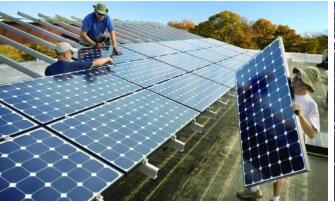
ZGAR PCC
ZGAR electronic cigarette uses high-tech R&D, food grade disposable pod device and high-quality raw material. All package designs are Original IP. Our designer team is from Hong Kong. We have very high requirements for product quality, flavors taste and packaging design. The E-liquid is imported, materials are food grade, and assembly plant is medical-grade dust-free workshops.
From production to packaging, the whole system of tracking, efficient and orderly process, achieving daily efficient output. We pay attention to the details of each process control. The first class dust-free production workshop has passed the GMP food and drug production standard certification, ensuring quality and safety. We choose the products with a traceability system, which can not only effectively track and trace all kinds of data, but also ensure good product quality.
We offer best price, high quality Vape Device, E-Cigarette Vape Pen, Disposable Device Vape,Vape Pen Atomizer, Electronic cigarette to all over the world.
Much Better Vaping Experience!

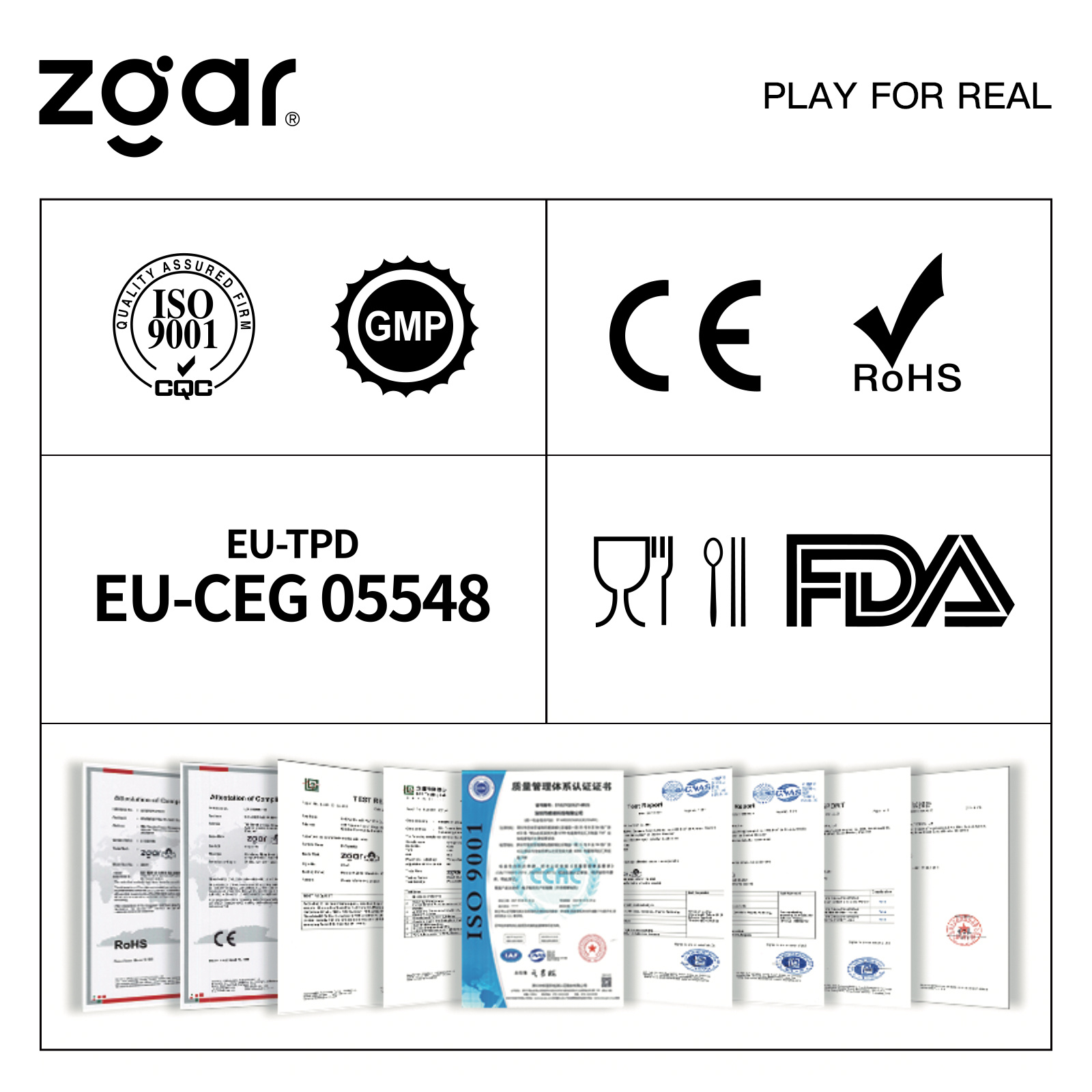
E-Cigarette Vape Pen,Disposable Device Vape,Vape Pen Atomizer,Latest Disposable E-Cigarette OEM vape pen,OEM electronic cigarette
ZGAR INTERNATIONAL(HK)CO., LIMITED , https://www.szdisposable-vape.com
